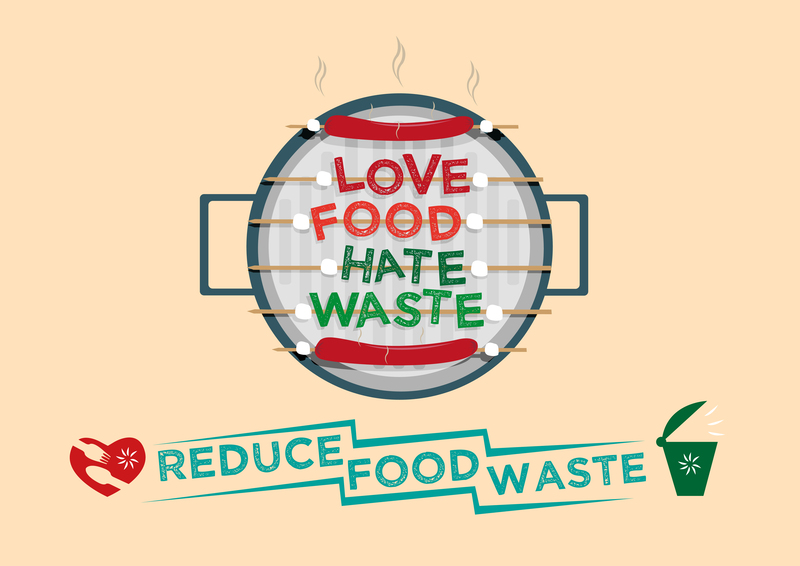A Guide to Implementing Recycle Methods in Your Neighborhood
Posted on 27/05/2024
In today's world, it has become more important than ever to make environmentally-friendly choices and reduce our carbon footprint. One simple way to do this is by implementing recycle methods in your neighborhood. Recycling not only helps conserve resources and reduce pollution, but it also saves energy and reduces greenhouse gas emissions. In this guide, we will discuss the importance of recycling, how to set up a recycle program in your neighborhood, and the pros and cons to consider.
The Importance of Recycling
Recycling is the process of converting waste materials into new products to prevent them from ending up in landfills or incinerators. This includes materials such as paper, plastic, glass, and metal. By recycling these materials instead of throwing them away, we can minimize the negative impact they have on our environment and natural resources.
Recycling helps conserve resources by reducing the need for raw materials. For instance, by recycling one ton of paper, we can save 17 trees and 7,000 gallons of water. It also saves energy as it takes less energy to produce products from recycled materials compared to using raw materials. This not only helps reduce greenhouse gas emissions but also saves money on energy costs.

Setting Up a Recycle Program
Implementing a recycle program in your neighborhood may seem like a daunting task, but with proper planning and organization, it can be easily accomplished.
The first step is to identify the materials that can be recycled in your area. Contact your local recycling center or visit their website to find out what materials they accept for recycling. This will vary based on location and can include items such as plastic bottles, aluminum cans, cardboard boxes, and more.
Next, educate your neighbors about the benefits of recycling and encourage them to participate. You can do this through flyers, emails, or even hosting a neighborhood meeting. It is important to explain the process of recycling and what materials can and cannot be recycled.
Then, determine the most convenient location for a recycling bin or bins in your neighborhood. This can be at a central point such as a community center or in areas with high traffic such as near mailboxes or trash cans. Make sure to clearly label the bins and provide instructions on what materials should be placed in each bin.
It is also important to have a plan for regular collection and transportation of recyclable materials to the designated recycling center. Assign a responsible member of the neighborhood to oversee this task or rotate the responsibility among volunteers.
Pros and Cons of Recycling
As with any decision, there are both pros and cons to consider when implementing recycle methods in your neighborhood.
Pros:
1. Environmental Benefits - Recycling reduces the amount of waste that ends up in landfills or incinerators, reducing pollution and conserving natural resources.
2. Energy Conservation - As mentioned earlier, recycling saves energy by using less energy to produce products from recycled materials compared to using raw materials.
3. Economic Benefits - Recycling creates jobs in industries such as sorting and processing recyclables, transportation, and manufacturing of new products.
Cons:
1. Cost - Setting up and maintaining a recycle program may require some initial investment, such as purchasing bins and hiring transportation services. However, these costs may be offset by long-term savings on energy and waste management expenses.
2. Contamination - If materials are not properly sorted, they can contaminate other recyclables and make them unusable. Proper education and monitoring can help reduce this risk.
3. Limited Participation - Not all members of the neighborhood may be willing to participate in recycling, making it difficult to achieve maximum results. Continuous education and incentives can help encourage more participation.
Tips for Successful Recycling
1. Start small - Begin by recycling one or two materials at first before expanding to other items.
2. Get organized - Designate a specific day and time for collection and make sure all recyclables are properly sorted and cleaned before being placed in the bins.
3. Educate continuously - It is important to keep educating your neighbors about the benefits of recycling and how they can contribute to the success of the program.
4. Offer incentives - Consider offering rewards or recognition to those who actively participate in the recycle program, such as a gift card or a certificate of appreciation.

Key Takeaways
- Recycling helps conserve resources and save energy, reducing pollution and greenhouse gas emissions.
- Setting up a recycle program in your neighborhood requires proper planning, education, and organization.
- There are both pros and cons to consider when implementing recycle methods.
- Tips for successful recycling include starting small, staying organized, continuous education, and offering incentives.
Conclusion
By following this guide, you can take an active role in implementing recycle methods in your neighborhood. Not only will this benefit the environment, but it also brings the community together to work towards a common goal. Remember to continuously educate and motivate your neighbors to participate in the program for maximum success. Let's do our part in creating a sustainable future for generations to come.






